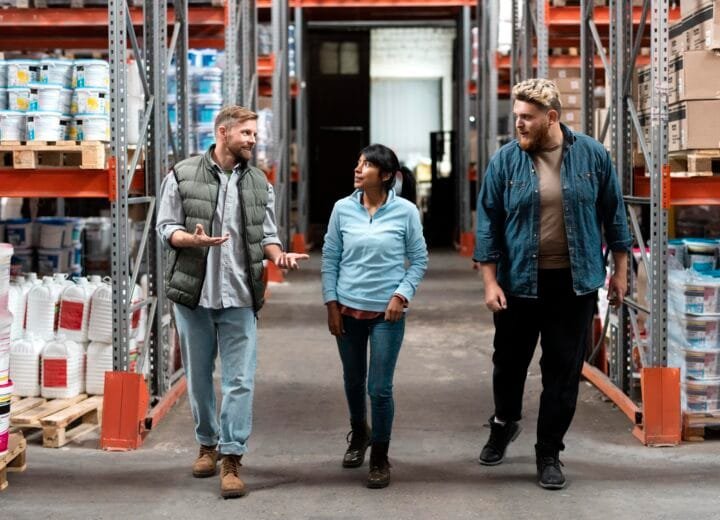In Uganda’s growing manufacturing sector, efficiency is everything. A smart factory layout design can transform how materials move, how people work, and how smoothly production runs. In Kampala, where industries face challenges like space constraints, energy costs, and logistics issues, lean facility design offers a practical path to boost productivity and competitiveness.
Why Factory Layout Design Matters
A factory’s layout is the foundation of its productivity. A well-planned design ensures:
-
Smooth material flow and minimal movement.
-
Safer, cleaner, and more efficient work areas.
-
Better equipment utilization and reduced downtime.
-
Easier scalability for future growth.
When guided by lean principles, layout design focuses on eliminating waste — of space, time, and effort — while maximizing value creation.
Uganda’s Manufacturing Landscape
Kampala’s industrial growth is strong, yet many factories still operate below full capacity due to space mismanagement and outdated layouts. According to local studies, average utilization across Uganda’s factories is around 55%, leaving huge room for improvement.
Industrial zones like Kampala Industrial and Business Park (Namanve) are now prioritizing efficient plant layouts and lean facility planning to help manufacturers cut costs and improve flow — a direction that aligns perfectly with global lean standards.
Key Principles of Lean Facility Design
-
Optimize Flow: Arrange machines and workstations for smooth, one-directional movement of materials.
-
Apply 5S: Keep workplaces organized, clean, and standardized to avoid time wastage.
-
Reduce Waste: Target the eight forms of waste — from overproduction to motion and waiting.
-
Design for Flexibility: Allow easy reconfiguration for new product lines or equipment.
-
Focus on Safety: Mark pathways, define zones, and plan ergonomic workstations.
These principles ensure that every square meter of factory space in Kampala adds measurable value.
Real-World Insights
In one Kampala-based manufacturing project, re-arranging workstations using a U-shaped layout reduced material handling time by 25% and increased output with no added machinery. Similarly, implementing 5S in stores and warehouses improved order picking efficiency and safety standards.
At Faber Infinite Consulting, we’ve observed that even small layout changes — like reorganizing flow lines or separating raw material zones — can drastically improve productivity without heavy investment.
Steps to Improve Productivity through Layout
-
Audit Current Operations: Measure space usage, material flow, and bottlenecks.
-
Map Value Streams: Identify non-value-adding steps.
-
Design & Simulate: Create alternative layouts and test them before implementation.
-
Implement Lean Tools: Introduce 5S, visual management, and flow improvements.
-
Monitor & Improve: Track throughput, lead time, and downtime post-implementation.
Why Choose Professional Layout Design Consultants
Partnering with factory planning and productivity consultants like Faber Infinite helps manufacturers in Uganda:
-
Achieve faster setup times.
-
Reduce handling and energy costs.
-
Increase productivity sustainably.
-
Prepare facilities for future expansion.
Conclusion
For manufacturers in Kampala, factory layout design isn’t just about space — it’s about strategy. A lean facility layout improves efficiency, lowers costs, and creates a foundation for long-term growth.
Whether you’re setting up a new facility or revamping an existing one, Faber Infinite Consulting can help you design smarter, leaner, and more productive manufacturing spaces across Uganda.
FAQs
1. What is lean facility design?
It’s a layout approach focused on reducing waste, optimizing flow, and improving productivity.
2. How does layout design affect productivity?
Efficient layouts reduce movement, downtime, and congestion, directly increasing output.
3. Why is it important in Uganda?
Because many factories face space, power, and logistics constraints — good design helps overcome them.
4. How can consultants help?
They bring technical expertise, lean tools, and real project experience to design layouts that deliver measurable results.
Contact us for Factory Layout Design in Kampala





